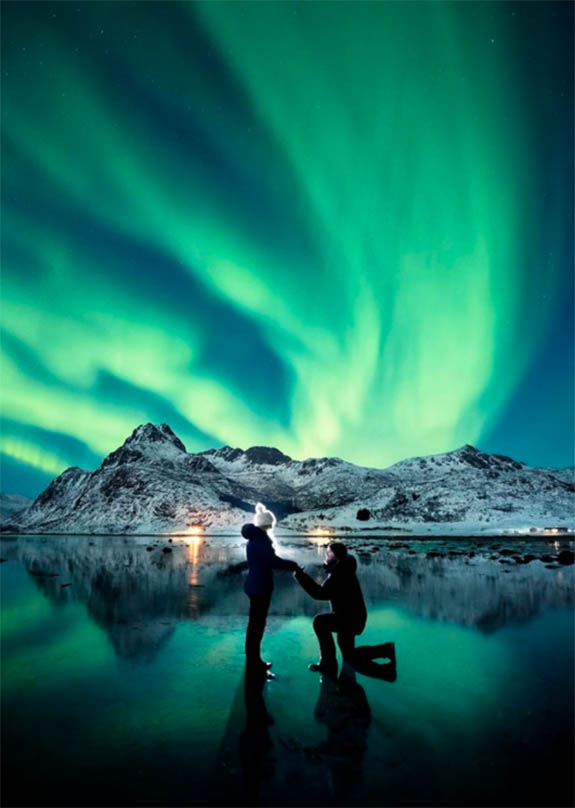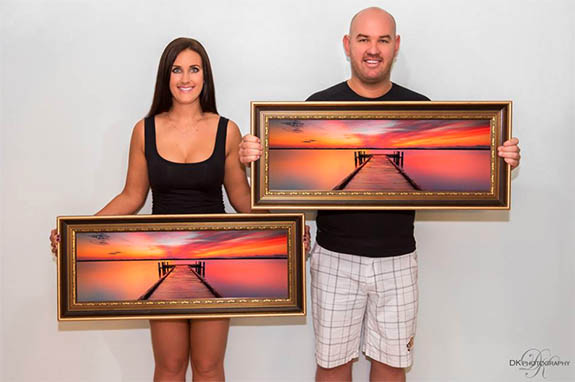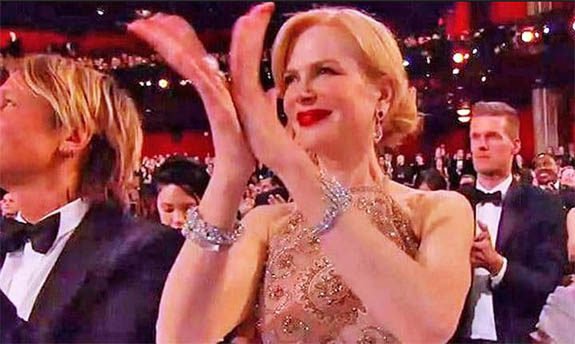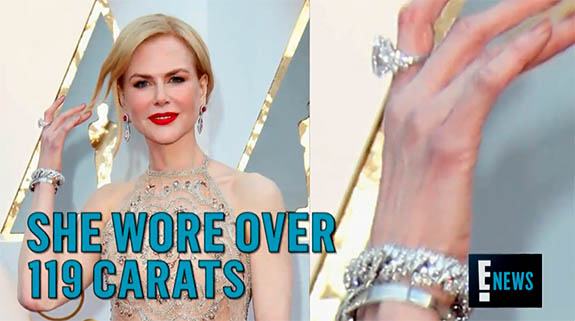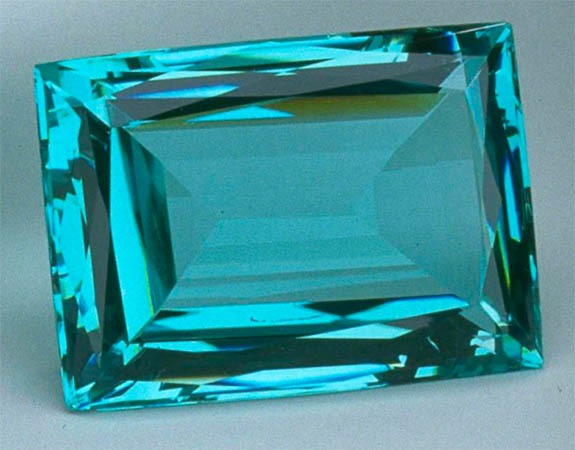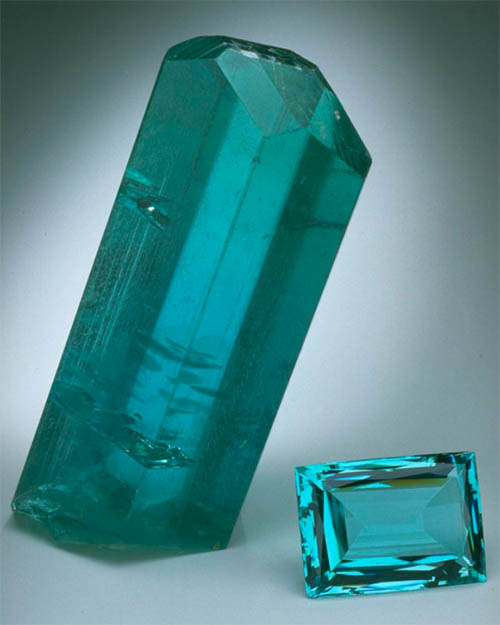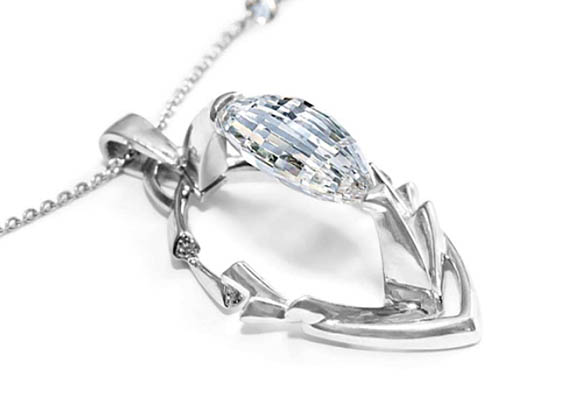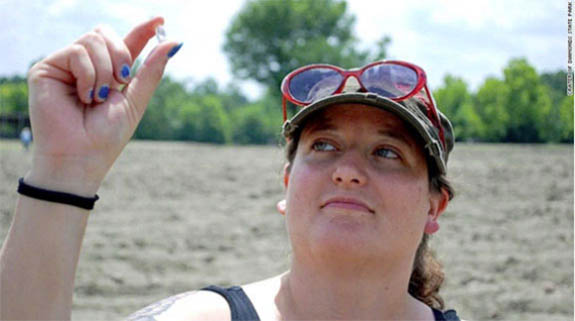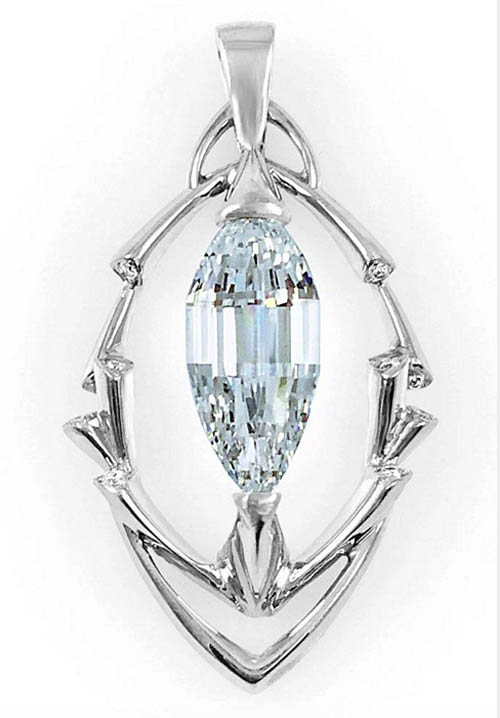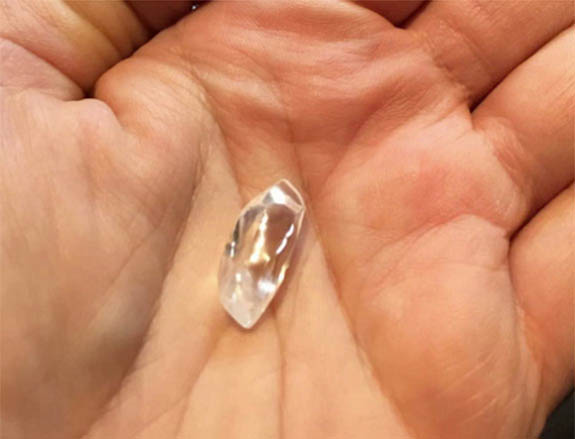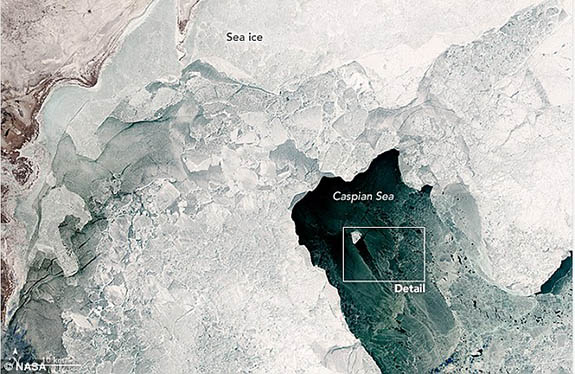Nine months ago, Australian landscape photographer Dale Sharpe planned to pop the question to his photographer girlfriend, Karlie Russell, under the Northern Lights in Iceland. Together, they had shot the colorful Aurora borealis more than 30 times, so Sharpe decided that the Lights would be the perfect backdrop for a surprise marriage proposal.
To maintain the element of surprise, Sharpe cleverly hid a $4,000 diamond engagement ring in a lotion bottle on their trip northward. While making a connecting flight from the Faroe Islands, the couple was forced to cut weight and Russell unknowingly discarded the lotion bottle and her engagement ring.
When Russell told her boyfriend that she offloaded the lotion bottle, he didn't let on that the ring was inside.
“I politely said, ‘That’s OK,’ while internally screaming,” Dale told the Huffington Post. “I couldn’t really tell her and ruin my proposal plan.”
On Monday, March 6, Sharpe and Russell, partners at DK Photography on Australia's picturesque Gold Coast in Queensland, were back on the Arctic Circle, not in Iceland, but in the Lofoten Islands of Norway. Sharpe had saved up to purchase a new ring and the Aurora, it seemed, was ready to reward his persistence.
“It was the most amazing display of color in the Aurora that we’ve ever seen,” Sharpe told the Daily Mail Australia.
“I tricked Karlie into believing we were shooting a selfie & used a torch to light us up for the image," Sharpe noted on the DK Photography Facebook page. "Much to her shock, it wasn't any normal selfie, and much to my shock, she said yes!"
The resulting shot of Sharpe on bended knee popping the question to Russell is breathtaking, so much so that it has caught the attention of high-profile websites, such as Huffington Post, Daily Mail, ABC News and Brides.com.
Sharpe and Russell, who have been dating for seven years, have amassed a gorgeous portfolio. They share a strong passion for landscape, seascape and astrophotography. Their adventures have taken them throughout Australia, New Zealand, Canada, the USA, Asia and multiple sites along the Arctic Circle.
Their work — some of it bordering on the surreal — can be seen on Instagram, Facebook, and at their website. The couple has no immediate wedding plans.
Credits: Images via Facebook.com/DK.Photography.com.au; dk-photography.com.au.
